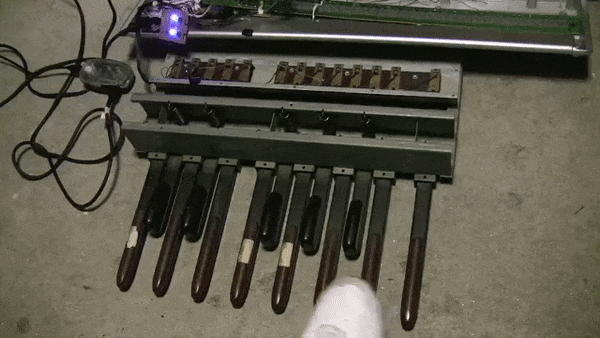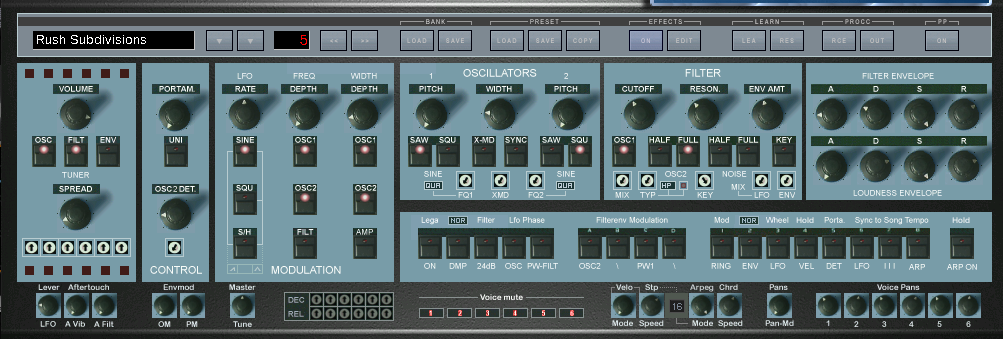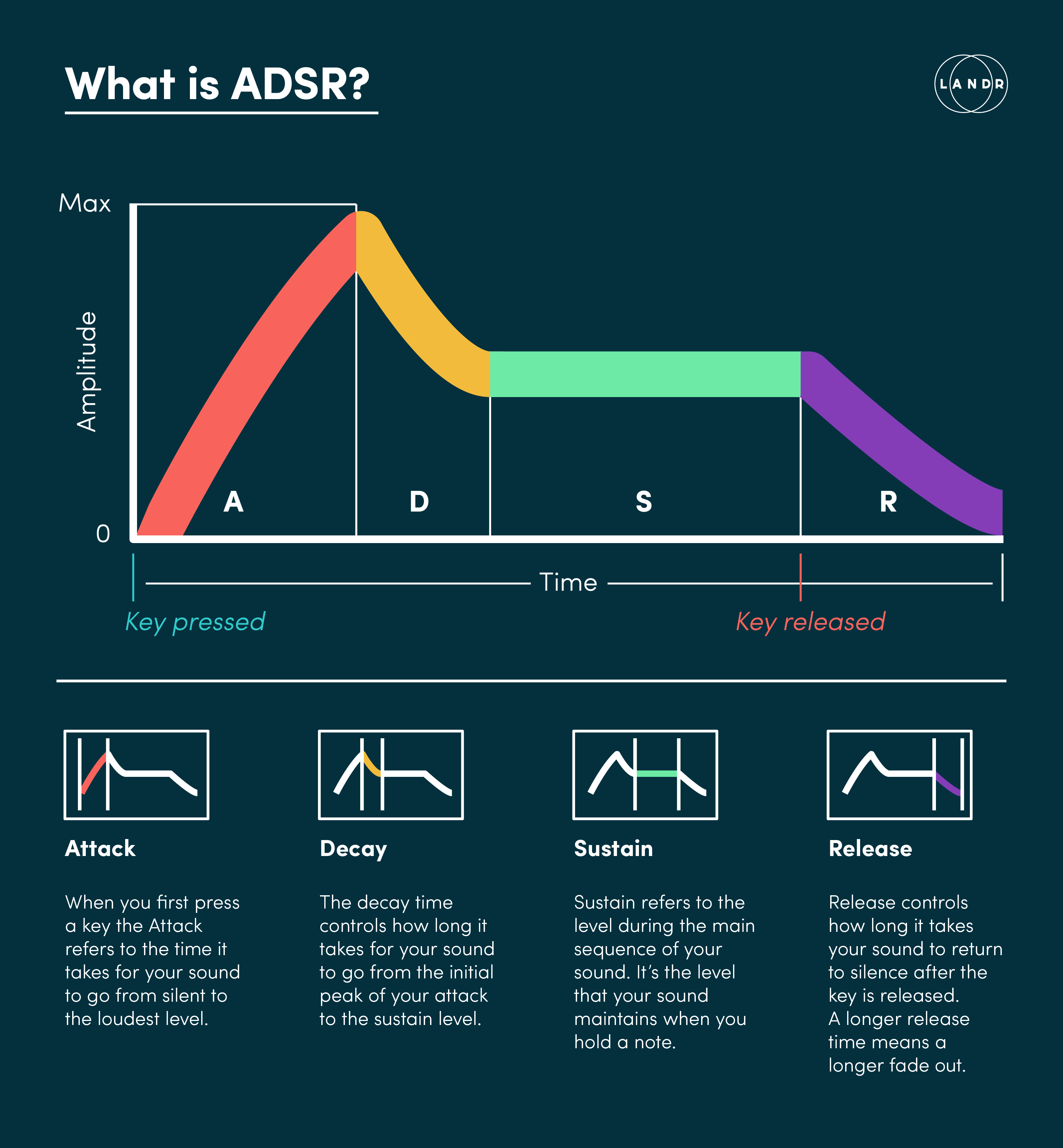Back in 2013, I answered an ad on Craiglist to be the bass player and keyboardist for a Rush tribute band, which would become to be known as Invisible Airwaves. We rehearsed a lot and sadly only played a few gigs. Right now we’re on hiatus, but hopefully that will change someday. That was my foray into finding the right synth sounds for all the Rush songs we were planning on playing. I didn’t have the money to spend on a real analog synth and since I had made my own organ pedals (I can’t believe my dorky YouTube video of these pedals has over 72,000 views!), I was going to try and do this on the cheap.

The Sounds
The first thing I wanted to get was a realistic sounding Taurus Pedal patch or two. Apple’s GarageBand at the time was good, but wasn’t quite there when it came to emulating mono synths, especially Moog Taurus pedals. I looked around and found that Arturia made a synth plugin and stand alone app called Moog Modular V. It is basically the Moog Modular synth (think of the big synth that Keith Emerson played, with the huge panel and phone jack cords plugged into various ports on it). To my delight it had Taurus Pedal sounds built in. I tried their 30 day trial and bought it soon after. The Moog Modular has been great for getting everything from Taurus Pedal sounds I mentioned earlier, as well as the lead synth from Tom Sawyer, The Trees, Xanadu and many, many more.
Just before Rush’s Clockwork Angels tour, I was fortunate to interview their long time roadie and keyboard tech, Tony Geranios (aka Jack Secret). He was very nice and explained how Rush was able to trigger their Oberheim OB-X synths with the Taurus Pedals, back in 1978. This was still quite a few years before MIDI was mainstream! You can hear the Taurus Pedals and Oberheim sounds mixed together on songs such as Tom Sawyer, Freewill, Jacob’s Ladder and others. What is interesting is that for some of those sounds they were simply pressing on a key/pedal on the Taurus pedals and it was also sounding the Oberheim through a series of cables.
When I started to put together my synth sounds for our Rush tribute band, I listened to the songs I had already heard hundreds of times before, trying to identify which keyboards they were using. On some, it sounded like a blend of Moog and Oberheim, so I started experimenting with which patches sounded right together. The next thing I needed was an Oberheim plugin or soft synth. At the time, Arturia didn’t have one and the only other one I could find was for Windows only.

Enter the OB-Xd. At the time, it was free, but they are now charging $49, which is still a great deal. I was able to dial in all the Oberheim sounds I needed, including a very convincing Tom Sawyer intro growl sound. People are amazed at how good it sounds and think I sampled it from the album. I actually tried to sample it, but the drums come in and unless you have a high quality recording of just the synth tracks, you won’t be able to sample it.
The OB-X is a different animal than the Moog, but once you understand how analog synths make their noises (using ADSR, see graphic below), you can get very close or find the exact sound using the built in patches as a starting point. One of the thing I find many cover and tribute bands don’t give enough effort to is their synth sounds. People will post something from well known Rush tribute bands and they usually sound good until the singer starts or the keyboards come in. Both are usually a let down. Not all, but the majority of them.

Melding Software & Hardware
As I mentioned, I used my home built MIDI bass pedals, but I needed a keyboard or two as well. Luckily I had an Ensoniq SQ-32 that had MIDI in and out ports. This is a 76 key synth that I could use as a controller and didn’t need to outlay any cash at the time. Remember, I was on a budget, not working at the time and a full-time student so I didn’t have a lot of money to throw around on gear.